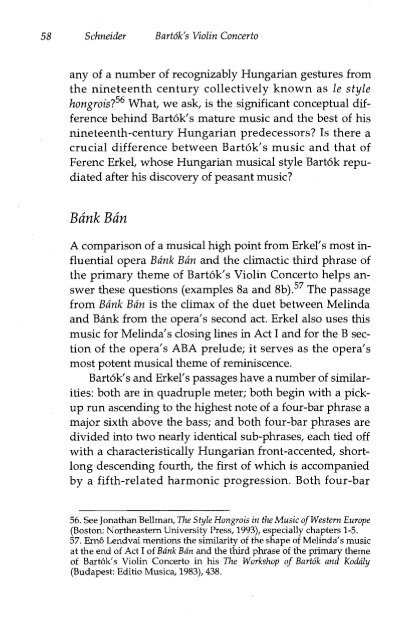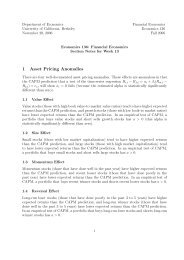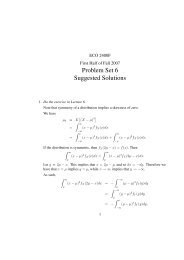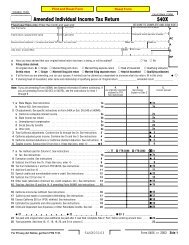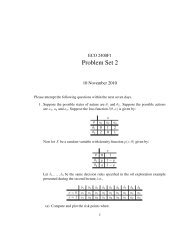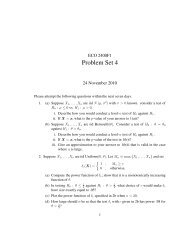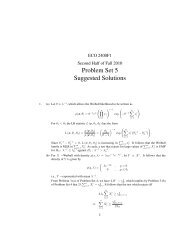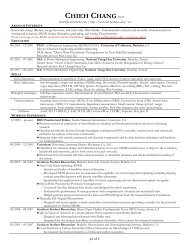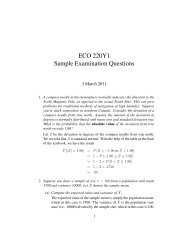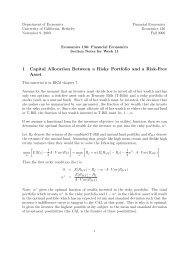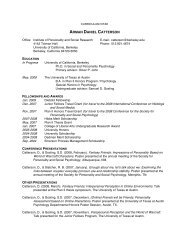A Context for Bela Bartok on the Eve of World War II: The Violin ...
A Context for Bela Bartok on the Eve of World War II: The Violin ...
A Context for Bela Bartok on the Eve of World War II: The Violin ...
Create successful ePaper yourself
Turn your PDF publications into a flip-book with our unique Google optimized e-Paper software.
58 Schneider Bart6k's <strong>Violin</strong> C<strong>on</strong>certo<br />
any <strong>of</strong> a number <strong>of</strong> recognizably Hungarian gestures from<br />
<strong>the</strong> nineteenth century collectively known as Ie style<br />
h<strong>on</strong>grois?56 What, we ask, is <strong>the</strong> significant c<strong>on</strong>ceptual difference<br />
behind Bart6k's mature music and <strong>the</strong> best <strong>of</strong> his<br />
nineteenth-century Hungarian predecessors? Is <strong>the</strong>re a<br />
crucial difference between Bart6k's music and that <strong>of</strong><br />
Ferenc Erkel, whose Hungarian musical style Bart6k repudiated<br />
after his discovery <strong>of</strong> peasant music?<br />
Bank Ban<br />
A comparis<strong>on</strong> <strong>of</strong> a musical high point from Erkel's most influential<br />
opera Bank Ban and <strong>the</strong> climactic third phrase <strong>of</strong><br />
<strong>the</strong> primary <strong>the</strong>me <strong>of</strong> Bart6k's <strong>Violin</strong> C<strong>on</strong>certo helps answer<br />
<strong>the</strong>se questi<strong>on</strong>s (examples 8a and 8b).57 <strong>The</strong> passage<br />
from Bank Ban is <strong>the</strong> climax <strong>of</strong> <strong>the</strong> duet between Melinda<br />
and Bank from <strong>the</strong> opera's sec<strong>on</strong>d act. Erkel also uses this<br />
music <str<strong>on</strong>g>for</str<strong>on</strong>g> Melinda's closing lines in Act I and <str<strong>on</strong>g>for</str<strong>on</strong>g> <strong>the</strong> B secti<strong>on</strong><br />
<strong>of</strong> <strong>the</strong> opera's ABA prelude; it serves as <strong>the</strong> opera's<br />
most potent musical <strong>the</strong>me <strong>of</strong> reminiscence.<br />
Bart6k's and Erkel's passages have a number <strong>of</strong> similarities:<br />
both are in quadruple meter; both begin with a pickup<br />
run ascending to <strong>the</strong> highest note <strong>of</strong> a four-bar phrase a<br />
major sixth above <strong>the</strong> bassi and both four-bar phrases are<br />
divided into two nearly identical sub-phrases, each tied <strong>of</strong>f<br />
with a characteristically Hungarian fr<strong>on</strong>t-accented, shortl<strong>on</strong>g<br />
descending fourth, <strong>the</strong> first <strong>of</strong> which is accompanied<br />
by a fifth-related harm<strong>on</strong>ic progressi<strong>on</strong>. Both four-bar<br />
56. See J<strong>on</strong>athan Bellman, <strong>The</strong> Style H<strong>on</strong>grois in <strong>the</strong> Music <strong>of</strong> Western Europe<br />
(Bost<strong>on</strong>: Nor<strong>the</strong>astern University Press, 1993), especially chapters 1-5.<br />
57. Ern6 Lendvai menti<strong>on</strong>s <strong>the</strong> similarity <strong>of</strong> <strong>the</strong> shape <strong>of</strong> Melinda's music<br />
at <strong>the</strong> end <strong>of</strong> Act I <strong>of</strong> Bank Ban and <strong>the</strong> third phrase <strong>of</strong> <strong>the</strong> primary <strong>the</strong>me<br />
<strong>of</strong> Bart6k's <strong>Violin</strong> C<strong>on</strong>certo in his <strong>The</strong> Workshop <strong>of</strong> Bart6k and Kodaly<br />
(Budapest: Editio Musica, 1983), 438.


